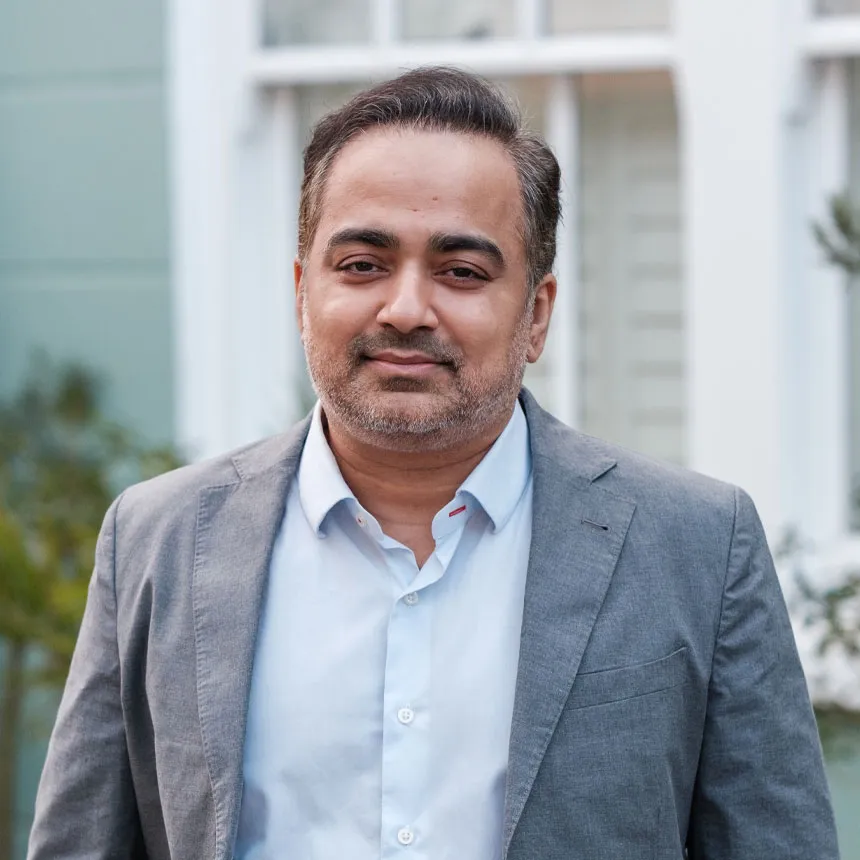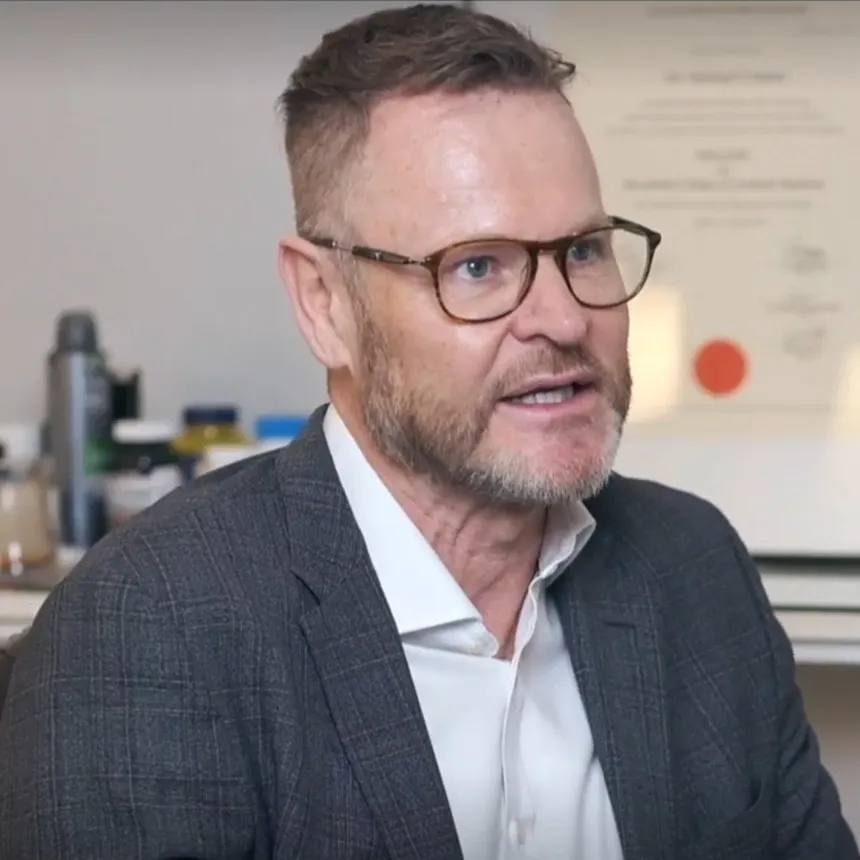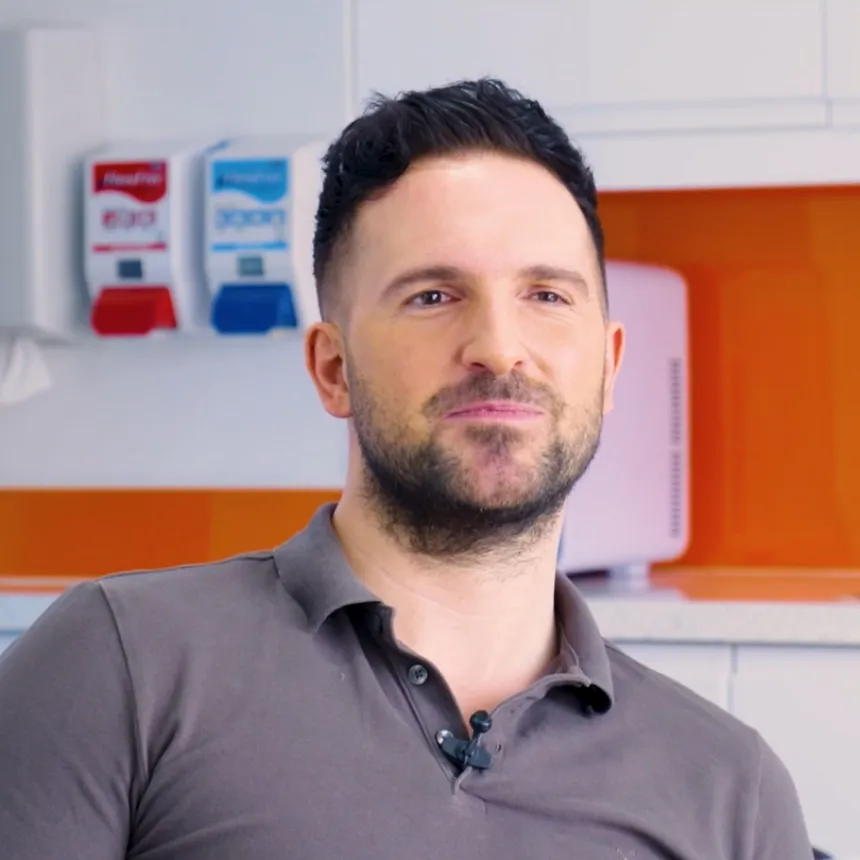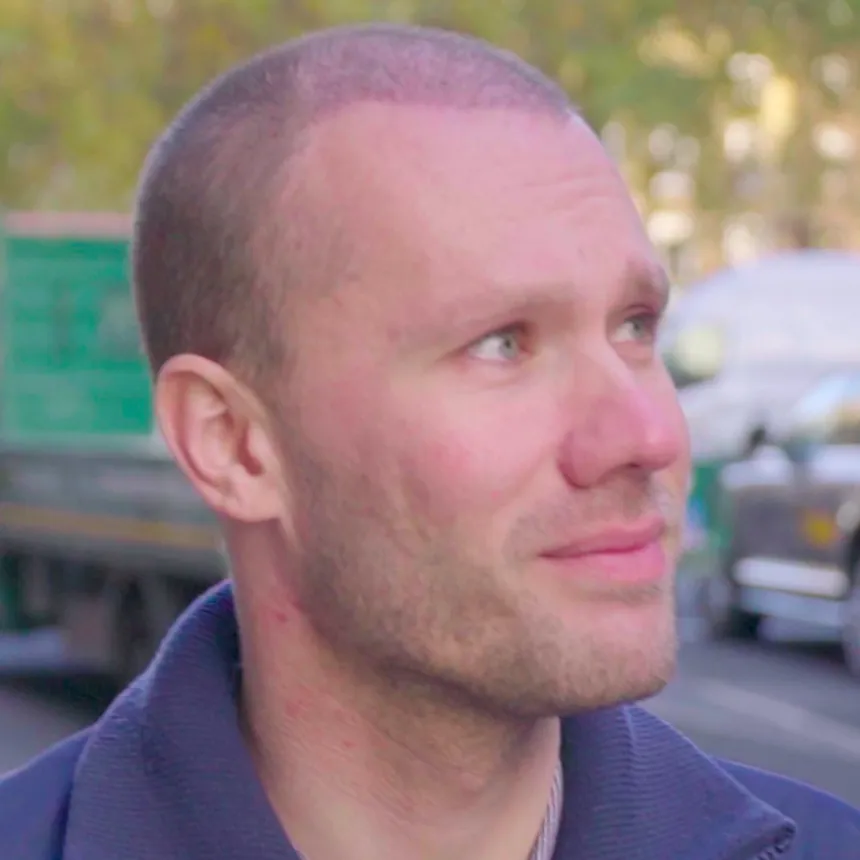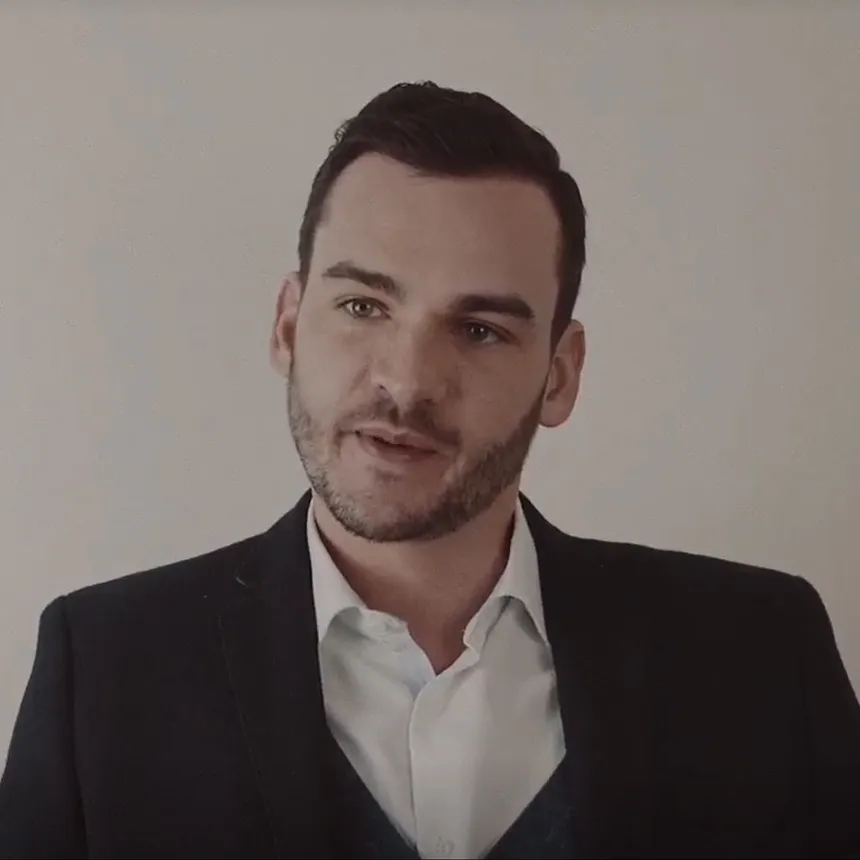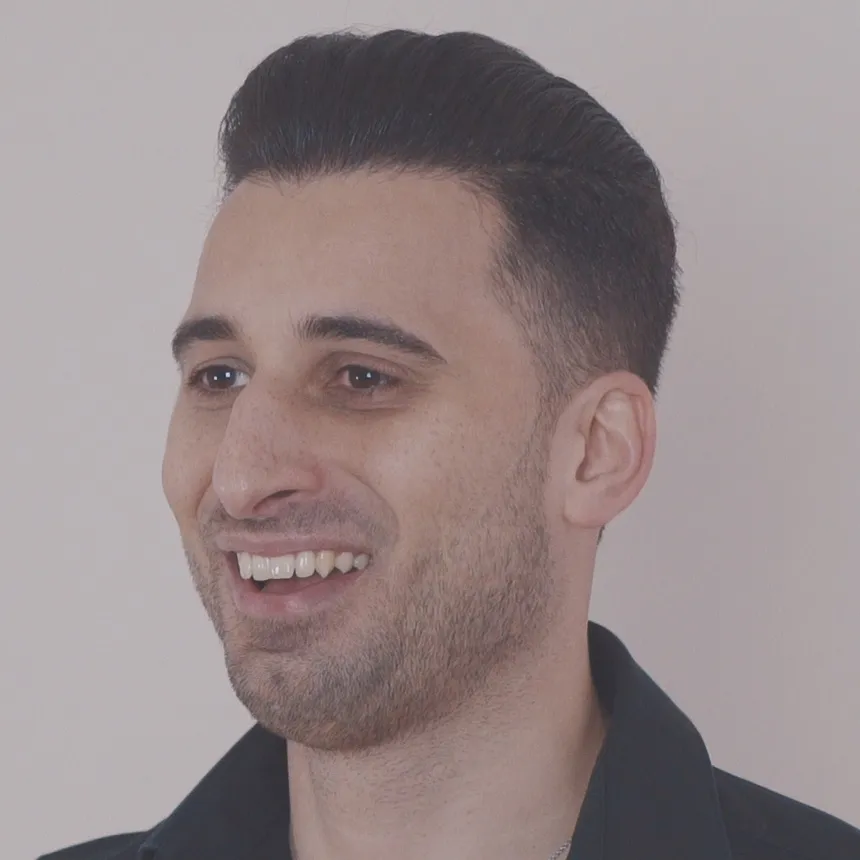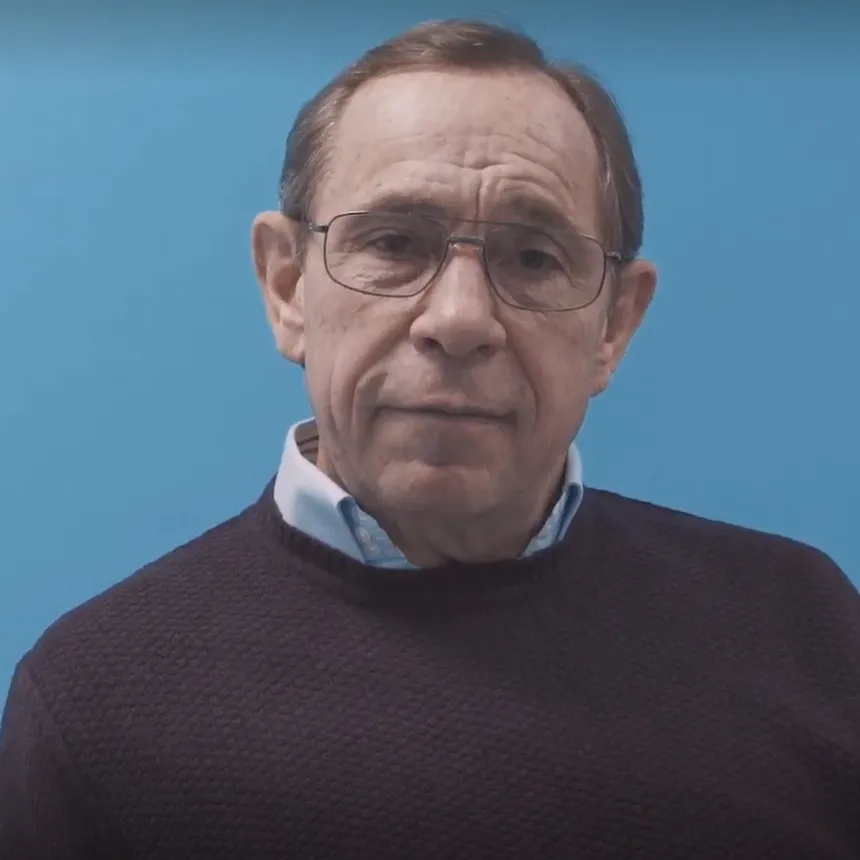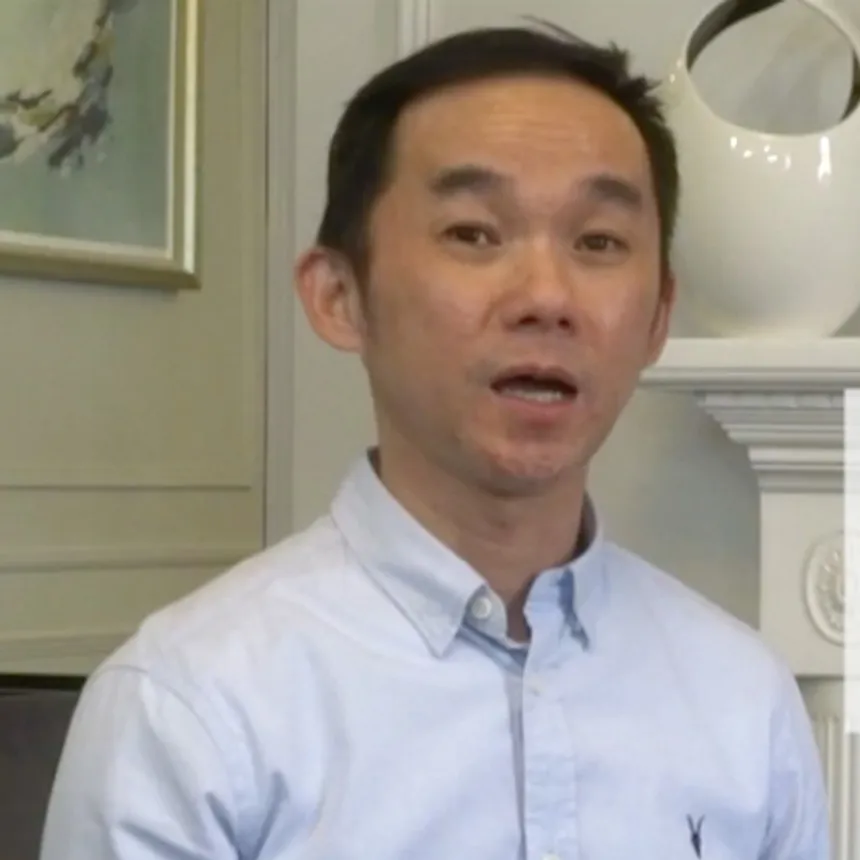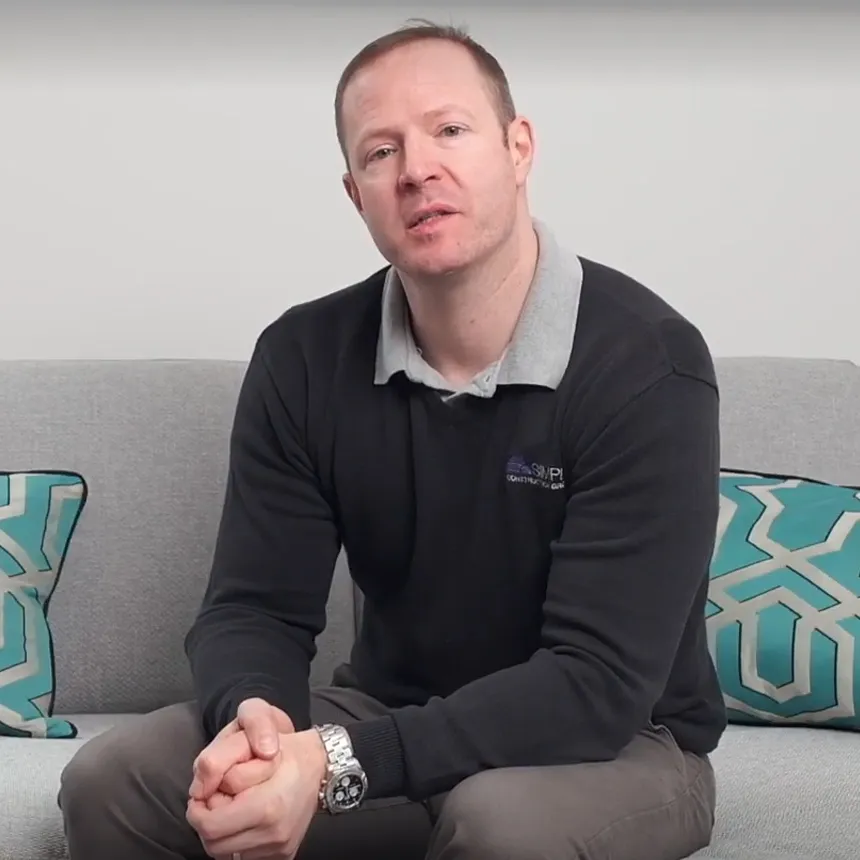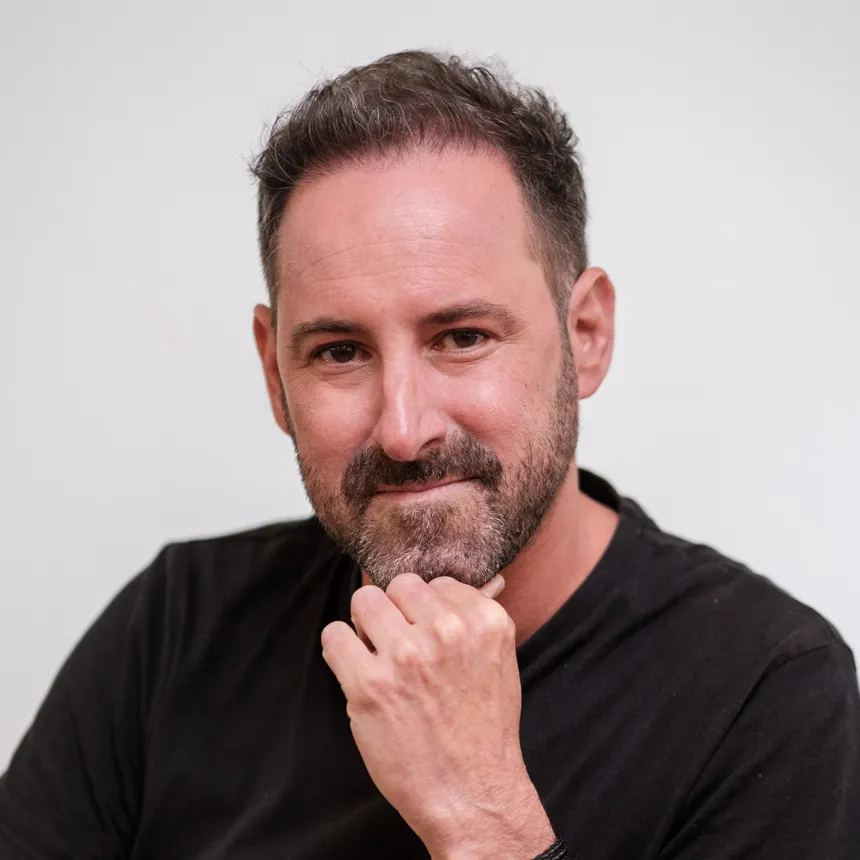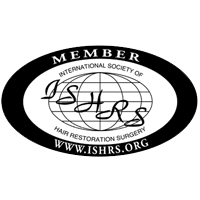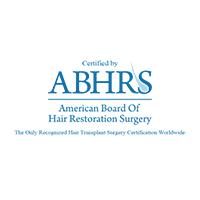When Gareth first realised that his hairline was starting to recede at the age of 26, he could not stop noticing it; it was on his mind every time he saw his reflection in the mirror or if someone wanted to take a photograph.
He put his hair loss down to a combination of genetics, ageing, and his history as a smoker, yet he found himself worrying about it constantly. Gareth also suffers from coeliac disease (gluten intolerance) and felt that the progression and treatment of his underlying health condition were accelerating his receding hairline, especially at the temple points.
Image is significant in Gareth's job as a video producer and presenter, so he turned to other male friends to discuss his options for hair restoration. Following a recommendation, he came to London from Bath to see Dr Mark Tam. During the consultation, Gareth was thrilled that Dr Tam answered all the questions he had about the procedure; he found him very approachable and felt quickly at ease. Gareth wanted to restore his hair to give him more confidence and reduce associated anxiety.



The goals for Gareth were to restore and lower his hairline and to bring forward and restore the temple points. The total area treated was 40.5cm2 with a total of 2,250 grafts.
With a receding hairline, a significant cohort of patients also experience a degree of receding at the temple points, which can complicate their treatment. As a hair transplant surgeon, if you solely address the hairline, it can leave the forehead out of proportion - with a lowered hairline but with a wide forehead - because lateral hair loss at the sides will not be restored. Standardised hair transplant techniques would transplant multiple-follicle hair grafts to the temple points; however, the need to use fewer grafts to preserve the donor area results in an unnatural, sparse placement. Thus, there is much hesitancy surrounding treating the temple points, and many patients are advised by other surgeons to avoid addressing this area of hair loss.
Having developed his own specialised technique, Dr Mark Tam knows that by modifying the methods and type of grafts used at the hairline to achieve the right level of density and placement, he can successfully and naturally restore the temple points. His methodology differs compared to classic techniques due the exclusive use of individually separated hair follicles; we call it the IDEAL technique. The IDEAL technique is more demanding and time-consuming, but without a doubt, entirely worthwhile.
Under the microscope, we painstakingly and laboriously dissect multi-follicular grafts into single hair follicles that can be placed more evenly to achieve a stunning, natural outcome. As a team, if we first dissect a three-hair follicle graft into three individually separated hair follicles, Dr Tam must make three incisions, and his team must place three follicles. We do this for every graft that we separate; this takes time.
The added benefit of producing additional grafts using the IDEAL separation process is the need for fewer graft extractions from the donor area(s), meaning that it can be preserved for future use if required and scarring is minimised.
In Gareth's case, Dr Tam and his team transplanted nearly 1,000 single hair grafts in a single treatment using the IDEAL technique. The precise nature of these extra steps has achieved visually stunning results, restoring the temple points softly, with virtually undetectable placement that is super soft and dense. The refined results from the IDEAL technique speak for themselves.
It has been amazing to see Gareth's transformation using the IDEAL technique. This option may not be suitable for every patient, but when required and carefully planned, Dr Tam achieves good results by taking great care to treat both the hairline and the temple points. Patients are fully informed of the risks and limitations when treating the temple points; the transplanted hair grows well in most cases but can have a different growth rate or curl, compared to native hairs at the temple points, requiring more regular maintenance and trimming to the hairstyle.
Gareth's new look has lifted a huge weight off his mind and restored his confidence. As the transplanted hair started to grow, he could see his new hairline and was thrilled to see it restored after so many years. Such a great feeling.














































Dr Mark Tam explains the benefits of an assessment.
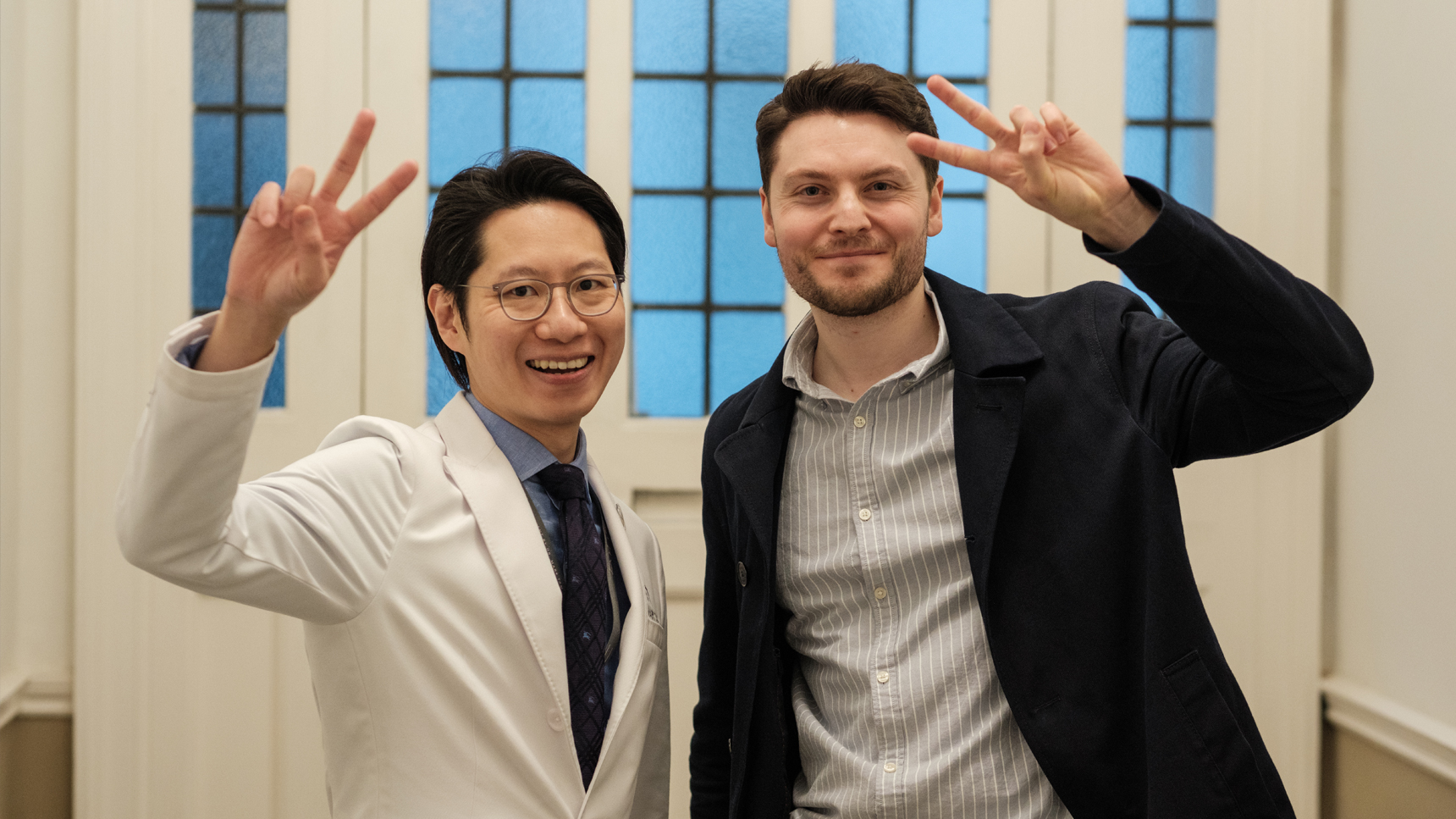

In order to save patients time and unnecessary costs, Dr Tam requires a pre-consultation screening to assess your suitability for surgery based on supplied photographs.
This form of assessment will only serve to give you an idea of whether you are likely to be suitable for a Hair Transplant, as well as providing you with a rough price estimate for the area you wish to have treated.
This assessment is complimentary but does not replace the need for a full consultation.
Once you have submitted your details along with the 3 required photos Dr Mark Tam will assess your suitability and you will receive a full report via email.
Recommended image types for uploading include JPG/JPEG and PNG.
Please do not press the back button or refresh the page after pressing the submit button.
* - Required field

